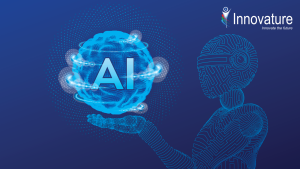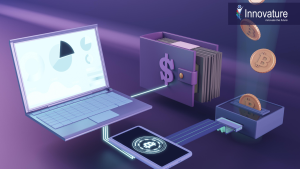



Edge computing has emerged as a game-changing technology, revolutionizing the way data is processed, analyzed, and delivered. With the exponential growth of connected devices and the need for real-time insights, edge computing offers a decentralized and distributed approach to computing resources. In this article, we explore the latest advancements and delve into the transformative potential of edge computing in 2023.
1. Edge Computing Empowering the Internet of Things (IoT)
The proliferation of IoT devices has generated vast amounts of data that require real-time processing and analysis. Edge computing brings computation capabilities closer to the data source, reducing latency and enabling faster decision-making. By processing data at the edge, organizations can optimize bandwidth usage, enhance security, and unlock new possibilities for real-time applications in areas such as smart cities, industrial automation, and autonomous vehicles.
2. Enabling Ultra-Low Latency and Real-Time Applications
Certain applications, such as augmented reality (AR), virtual reality (VR), and autonomous systems, demand ultra-low latency and real-time processing. Edge computing brings compute resources closer to the end-users, reducing the round-trip time to centralized data centers. This proximity enables seamless and immersive experiences in AR/VR applications and facilitates real-time decision-making in critical systems like autonomous vehicles and industrial control systems.
3. Edge AI and Machine Learning
Combining the power of edge computing with artificial intelligence (AI) and machine learning (ML) enables intelligent decision-making at the edge. Edge AI allows devices to process and analyze data locally, without the need for constant connectivity to the cloud. This capability is particularly valuable in scenarios where connectivity is limited or unreliable. Edge ML models can perform tasks like image recognition, anomaly detection, and predictive analytics, unlocking new opportunities for automation and intelligent decision making
4. Enhanced Security and Privacy
Edge computing enhances security and privacy by minimizing the exposure of sensitive data during transmission and storage. With data processing occurring at the edge, organizations can enforce stricter security measures, such as data encryption, access control, and anomaly detection, closer to the data source. This reduces the attack surface and strengthens data privacy.
5. Edge Computing for Autonomous Systems
The advent of autonomous systems, such as self-driving cars and drones, relies heavily on edge computing capabilities. These systems require fast and localized decision-making to ensure safety and efficiency. By processing sensor data and running AI algorithms at the edge, autonomous systems can react in real-time to changing environments, enabling quick response times and reducing dependency on the cloud.
As edge computing gains traction and becomes increasingly prevalent in various industries, it brings forth a set of challenges that need to be addressed for its successful implementation.
1. Network Connectivity
One of the key challenges in edge computing is ensuring reliable and high-speed network connectivity between edge devices and the centralized infrastructure. Issues such as limited bandwidth, latency, and network congestion can impact the performance and responsiveness of edge applications.
2. Resource Management
Efficiently managing the resources of edge devices, such as computing power, storage, and energy, poses challenges. Optimizing resource utilization, workload distribution, and power management strategies are essential to achieve optimal performance and prolonging device lifespan.
3. Data Synchronization and Management
Data management and synchronisation among scattered edge devices and centralised infrastructure can be challenging. Data consistency, integrity, and timely synchronisation become crucial for reliable and accurate edge processing.
As we venture further into 2023, the transformative power of edge computing becomes increasingly apparent. This decentralized approach to data processing and analysis is revolutionizing industries and opening up new avenues for real-time insights, and enhanced user experiences.
The collective efforts of technology providers, researchers, and industry stakeholders are driving the development of best practices, ensuring that edge computing solutions are scalable, secure, and future-proof. Are you ready to unlock the power of the edge?


In the dynamic realm of legal proceedings, efficiency is not just a luxury but a necessity. Software development companies stand poised to revolutionize legal support services, offering solutions that streamline operations with unparalleled precision and speed.


In the annals of Human Resources (HR), the introduction of Artificial Intelligence (AI) has marked a transformative leap that reshapes the traditional contours and opens doors to unprecedented efficiency.


Blockchain is a decentralized ledger or database that is distributed across a network of computers. Every block in this chain holds a unique cryptographic hash of its preceding block, along with a timestamp and transaction details.